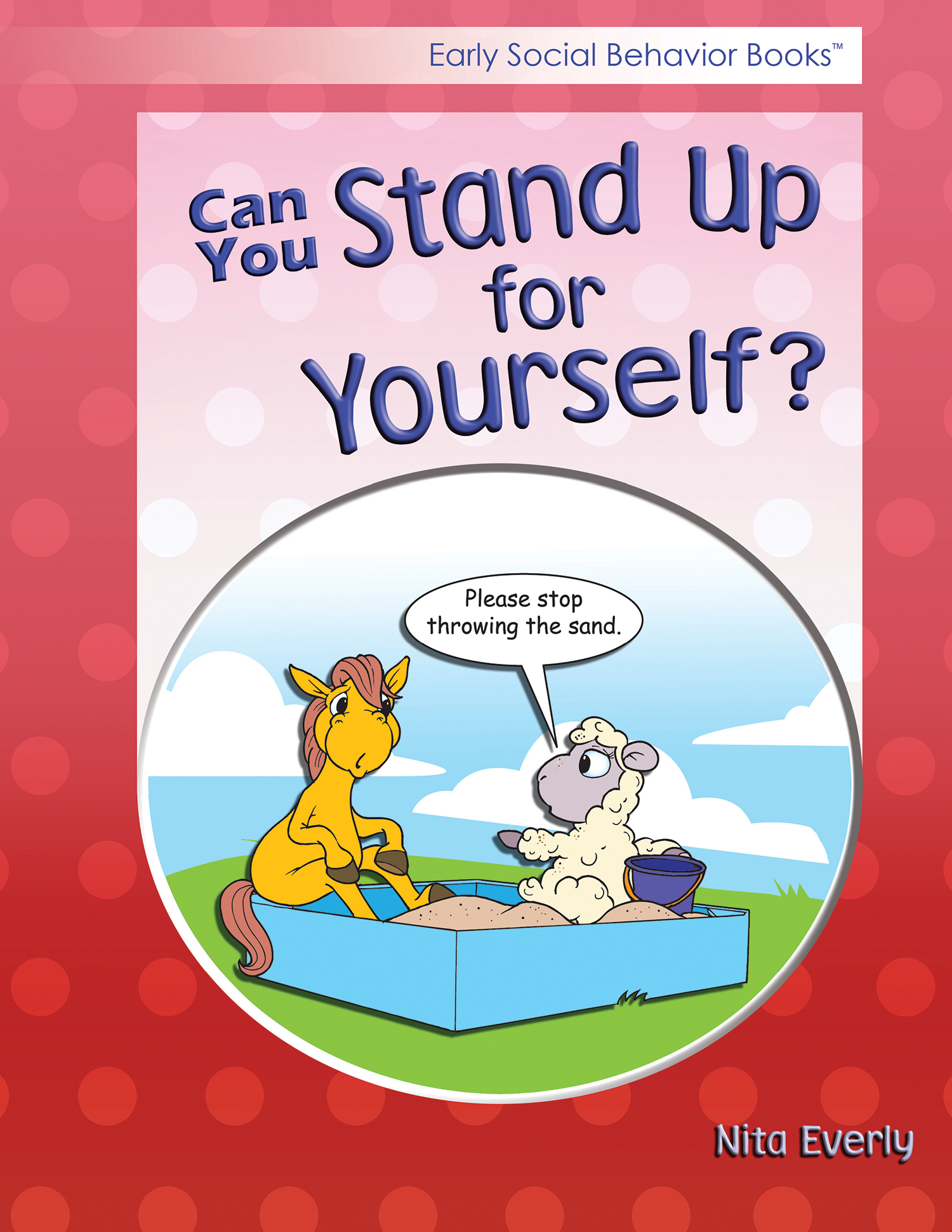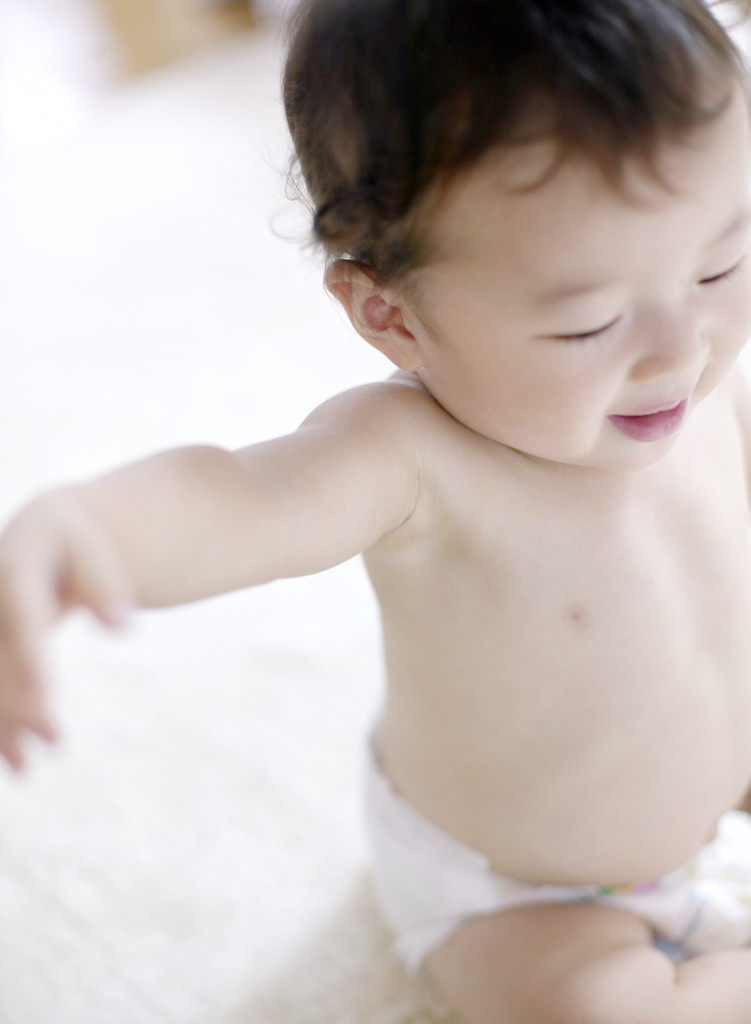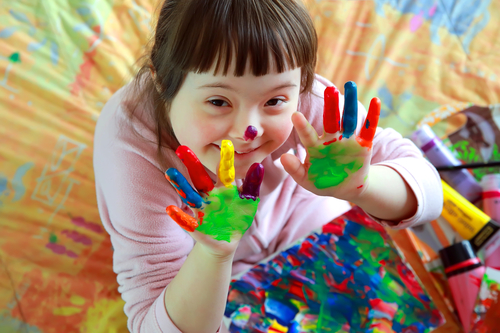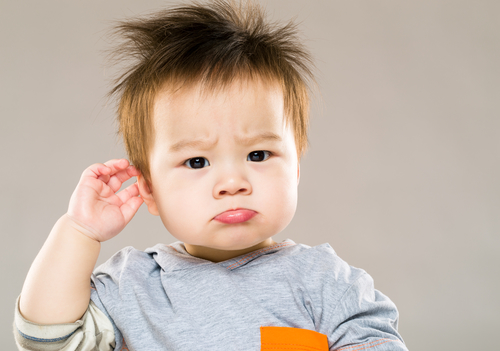Related Products
For Parents
Related Teacher Tools Takeout Items
Hearing Loss Identification and Diagnosis
“Does my child have a hearing loss?”
Hearing loss is invisible – it is not always apparent that a child is having hearing difficulties. US Hospitals routinely perform hearing screening on infants in the first 24-48 hours after birth. If an infant fails the initial screening, he or she is usually scheduled for a second screening a few weeks later. However, sometimes infants who pass the hearing screening at birth may exhibit signs of hearing loss as they age.
This section provides information and resources about identifying hearing loss from birth, hearing loss in young children due to ear infections and identifying hearing loss in school-aged children.
Hearing loss may be identified at birth or any time thereafter. If there are any concerns regarding a child’s ability to hear (at home or school) do not hesitate to have their hearing tested. It is never a waste of time for an audiologist to report that a child has normal hearing.
Identifying Hearing Loss at Birth
Most congenital (present at birth) hearing loss can be identified within 1-2 days of birth via hospital hearing screening. In the US, almost all babies have their hearing screened within a day of being born. Approximately 1 out of 10 newborns who fail hearing screening end up being diagnosed with hearing loss. Newborns who spend time in a neonatal intensive care unit (NICU) have a greater chance of being identified with a hearing loss than those children with no birth complications.
 The two types of objective test technologies used to screen for hearing loss in newborns are otoacoustic emissions, and auditory brainstem response (sometimes called ABR test or BAER test).
The two types of objective test technologies used to screen for hearing loss in newborns are otoacoustic emissions, and auditory brainstem response (sometimes called ABR test or BAER test).
While these screening tests can detect 80 to 90 percent of infants with moderate degrees of hearing loss and greater, it is important to understand that no screening test is perfect.
Children with mild hearing loss may pass newborn hearing screenings, and hearing screenings for newborns cannot identify children with late onset or progressive types of hearing loss.
It is especially important, therefore, that you monitor your child’s developmental milestones for hearing, language, and speech—even if your newborn passed a hearing screening test in the hospital.
If your child was born with visual, cognitive, or motor disabilities, a comprehensive audiological evaluation would be important to ensure that your child’s hearing is completely normal.
Hearing Loss and Other Developmental Issues
There are a variety of syndromes that are associated with hearing loss. Diagnosis of any of the following syndromes may suggest the possibility of a hearing loss:
| Alport’s Apert’s Charcot-Marie-Tooth CHARGE Association Crouzon’s Jervell-Lange |
Neurofibromatosis II Nielson Treacher Collins Norrie’s Pendred’s Sickle Cell Anemia Trisomy 13 |
Trisomy 18 – Trisomy 21 (Down Syndrome) Turner’s Usher’s (with vision issues) Van Der Hoeves Waardenberg’s |
Read more about hearing loss and additional disabilities on the Hearing Loss Plus Additional Disabilities page.
Hearing Loss: Possible Impact on Development
The American Speech-Language Association recommends the following speech and hearing milestones to help you determine the potential need for a hearing assessment.
From birth to four months, your infant should:
- Startle at loud sounds
- Wake up or stir at loud noises
- Respond to your voice by smiling or cooing
- Calm down at a familiar voice
From four months to nine months, your infant should:
- Smile when spoken to
- Notice toys that make sounds
- Turn its head toward familiar sounds
- Make babbling noises
- Understand hand motions like the bye-bye wave
From nine to 15 months, your infant should:
- Make various babbling sounds
- Repeat some simple sounds
- Understand basic requests
- Use its voice to get your attention
- Respond to name
From 15 to 24 months, your infant should:
- Use many simple words
- Point to body parts when you ask
- Name common objects
- Listen with interests to songs, rhymes and stories
- Point to familiar objects you name
- Follow basic commands
** Please note that this is NOT a conclusive hearing assessment but rather a guide to determine the possible need for one.
Resources:
Hearing Screening Resources
NCHAM Newborn Hearing Screening
Boys Town – By Baby’s Hearing
Hearing Loss Related to Ear Infection
Hearing Loss and Ear Deformities
Hearing Loss Identified in Childhood: Impact on Behavior
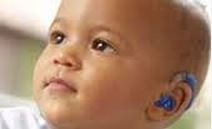 As mentioned above, children with mild or progressive hearing loss may pass their newborn hearing screening. As a result, only about half of children with hearing loss will have their hearing loss identified at birth – there continue to be children who will develop a hearing loss as the years progress. This can be due to a hearing loss that worsens over time, an accident causing damage to structures of the ear, over-exposure to noise or specific medications that cause damage to the cochlea. A later on-set hearing loss may not be obvious and therefore may go undiagnosed for a long period of time. In a developing child hearing loss can look like:
As mentioned above, children with mild or progressive hearing loss may pass their newborn hearing screening. As a result, only about half of children with hearing loss will have their hearing loss identified at birth – there continue to be children who will develop a hearing loss as the years progress. This can be due to a hearing loss that worsens over time, an accident causing damage to structures of the ear, over-exposure to noise or specific medications that cause damage to the cochlea. A later on-set hearing loss may not be obvious and therefore may go undiagnosed for a long period of time. In a developing child hearing loss can look like:
- Not following directions
- Immature social skills (awkward, out of step)
- Unclear speech production (articulation issues or unintelligibile speech)
- Inattention
- Distractible
- Plays alone at an age when other children actively play together
- Limited vocabulary (noticeable gaps to substantial delays)
- Lack of understanding of idioms, figurative language, humor
- Lack of readiness to read (delayed phonemic awareness)
- Passivity (never speaks up or takes a leadership role with peers)
- Bossiness (controls or hijacks conversations)
- Has difficulty understanding what people are saying.
- Speaks differently than other children her or his age.
- Doesn’t reply when you call his or her name.
- Responds inappropriately to questions (misunderstands).
- Turns up the TV volume incredibly high or sits very close to the TV to hear.
- Has problems academically, especially if they weren’t present before.
- Has speech or language delays or problems articulating things.
- Watches others in order to imitate their actions, at home or in school.
- Complains of ear pain, earaches or noises.
- Cannot understand over the phone or switches ears frequently while talking on the phone.
- Says “what?” or “huh?” several times a day.
- Watches a speaker’s face very intently – many children’s hearing loss escapes detection because they are very successful lip readers.
Not all children with a hearing loss will present with learning issues that will trigger a hearing evaluation. In fact, the referral for a hearing test often depends on whether the family or teacher thinks that the child’s learning issues are due to hearing loss. From the list of potential observable behaviors above, it isn’t surprising that many children with hearing loss are misidentified as having attention deficit disorders (ADD), behavior disorders, speech and language disorder (delay due to limited access – not a disorder), or even cognitive/developmental delay.
It is only through mass hearing screenings that we will be able to identify children with previously unidentified hearing loss in a systematic manner. In the absence of such mass screenings, if your child or student demonstrates the above behaviors please have them seen by an audiologist for a hearing assessment.
Resources:
The American Speech-Language Assocication’s speech and hearing milestones can help you determine the potential need for a hearing assessment.
Hearing Screening Resources
Relationship of Hearing Loss to Listening and Learning
Hearing Loss Related to Ear Infection
Hearing Loss and Ear Deformities
Posted March 2017. Our thanks to Krista Yukow, educational audiologist, for contributing to this content



